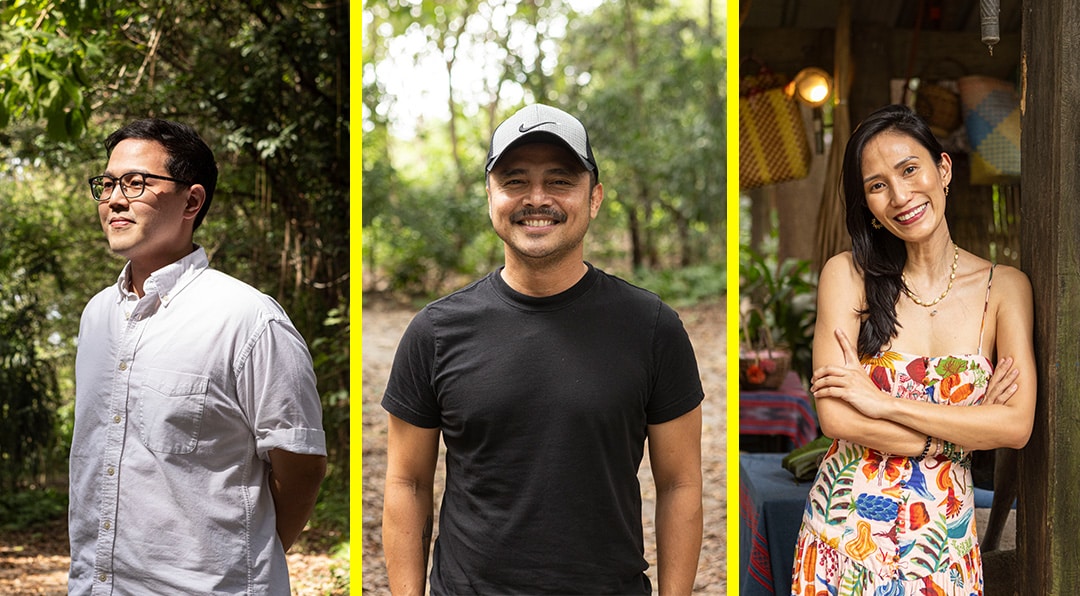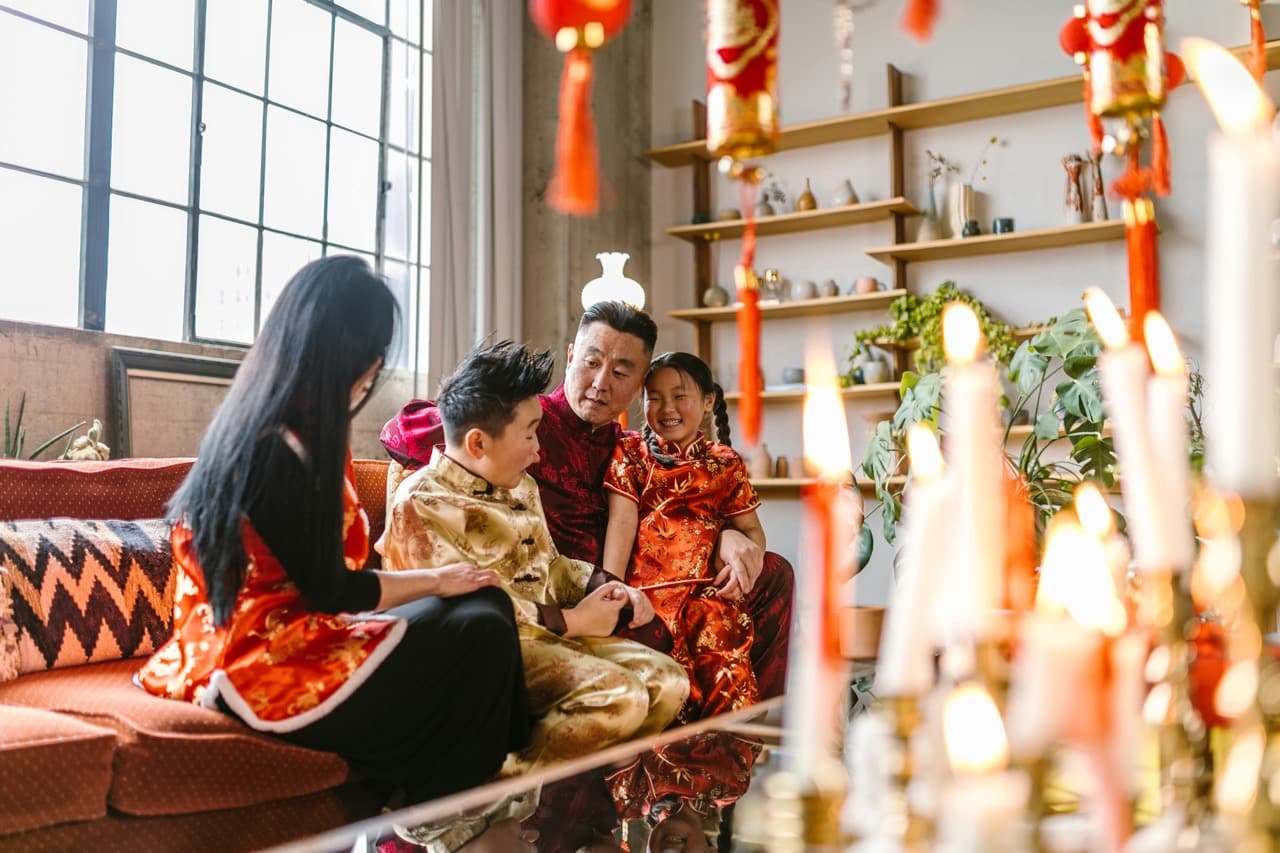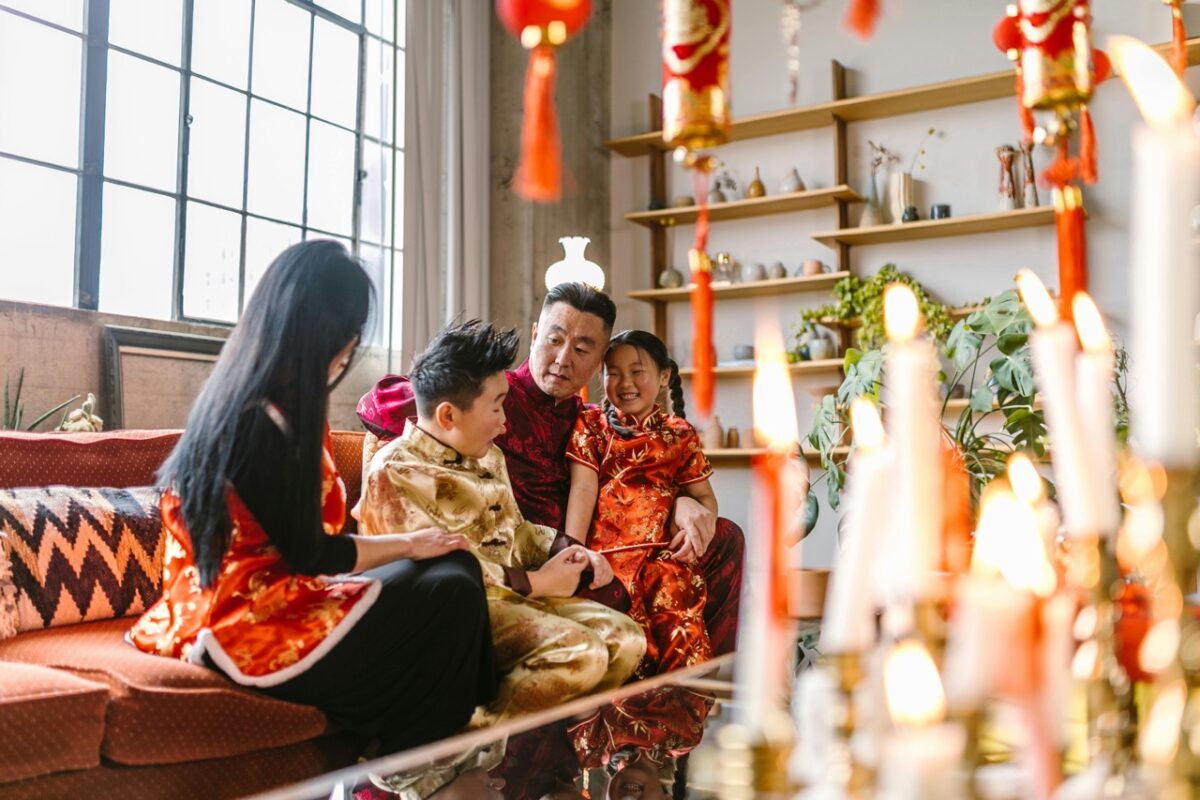In connection with the 150th birth anniversary and the 115th death anniversary of José Rizal this year, it is genuinely a scholarly opportunity to delve into how and why JR decided that his villain had to be a Franciscan friar.
In the bulk and gamut of Rizaliana, there has been no record unearthed evincing that the National Hero ever encountered a Franciscan. Did JR then give the reputation and credibility of the boys of St. Francis of Assisi a bum rap?
Where JR grew up and studied, nary a barefoot brown-cassocked padre (discalced, as they were known) ever figured. JR was undoubtedly familiar with the Jesuits and the Dominicans and perhaps with the Augustinians, vicariously, through Morga’s “Sucesos de las Islas Filipinas,” which he annotated.
Seriously, now.
The president of the Historical Conservation Society, Alfonso Felix Jr., in his 1985 report accompanying the publication of “Samar: 1768-1898,” had a running discussion with its author, the scholar from the University of Wisconsin, Madison, Bruce Cruikshank, on how his revised doctoral dissertation (1975) should be titled for the retail market.
Felix sentimentally recommended the title to be “Samar: The Franciscan Period, 1768-1898.” He confessed his motivation to include the name Franciscan to the work was “a desire to do the Franciscans justice.”
Most maligned
“The Franciscans have been possibly the most maligned order in our history. The best-known priest in our history is Fray Damaso, whom Rizal created for ‘Noli Me Tangere:’ a man half-fool and half-monster,” Felix said. “There is no showing that Rizal knew any Franciscan,” opining that “therefore, unhampered by facts, he could create that Philippine Dracula known as Father Damaso.” Thus, the lingering negative portrayal.
The Franciscans have been in the service of this country since 1578. Despite administering some of the richest provinces of Luzon, they never accumulated wealth and property, “…they lived without seeking money or lands.”
The order is renowned for alms-giving, love and care of the poor, and for having established the first hospitals in the Philippines. Medical attention and care for all, limited only by existing resources of the time. At the end of the Spanish regime, when they turned over their parishes to the new American dispensation, “they remained poor as when they came.”
The Franciscans did not figure in the touchy issue of “friar lands” at the beginning of the last century. It is evident that the Franciscans, by themselves, could not have been the object of anticlerical ferment that spurred angry Filipino nationalist fervor.
Picking up from where we left the sentiments of Felix, serendipitous perusal inspiring additional investigative readings has provided late-breaking information.
It is now with confidence that we can declare: It is untrue that Dr. José Rizal never had contact with a Franciscan. As far as commonly known even up to this day among Rizalista scholars and aficionados, he never did. Oh, but he did! Yes, he knew one and met him. And this according to José Rizal himself.
Meeting the real Damaso
In 1873, he visited Polo, Bulacan, and called on the parish priest of the town whom he described as a “soothsayer,” being consulted on robberies and thefts. From an unrelated independent source, there is unimpeachable corroboration. In 1873, the parish priest of Polo, Bulacan, enjoyed the reputation of being a “soothsayer.” He was consulted about robberies, thefts and missing valuables. And he was Franciscan!
Now, we have a living, breathing model for Rizal’s villain. Whether he was “a man half-fool, half-monster” or not, in real life as he was in Padre Damaso, remains to be seen.
Within the pages of Rizal’s annotations on the many varied subjects related by Antonio de Morga’s “Sucesos de las Islas Filipinas” (1609), there was one of indispensable relevance to our story upon which Rizal dwelt—“…how the ancient Filipinos investigated thievery.” This particular juncture of Morga’s 16th-century observations was on doing business and barter among the natives, the contracting of debts, manners of payments and penalties.
Rizal writes: “There was in Pulo [Polo, Bulacan—now Valenzuela] an old friar, parish priest of the town, who had the reputation of being a soothsayer, and he was consulted about robberies, thefts, etc.”
He continues: “The writer of these notes, as a child, in 1873 [referring to himself when he was only 12] went to him once, accompanying a person who was going to consult him.”
So indelible the memory of that visit must have been that much later on in adulthood, when formulating the writing of the “Noli,” Rizal harked back to this friar as his model for the evil Padre Damaso.
Polo, Bulacan, in those times was an ecclesiastical territory of the Franciscans. The cura parroco Rizal met and came to know was a Franciscan. His name was Padre José Huerce, OFM.
Soothsayer friar
An entry in the “Catalogo Biografico del Orden Franciscano en las Islas Filipinas” speaks of Huerce as the town’s parish priest (“se la encargo la administracion de Polo, Bulacan”) being “much loved and respected by the natives of the town, its surroundings and even in Manila…due to his ability to discover things that were unknown, making the common people recognize him as a soothsayer (respeto y cariño a su habilidad para averiguar cosas ocultas, teniendo las gentes sencillas por adivino), because almost all inquiries brought to him about lost animals and things that were stolen (sobre animales perdidos y bienes robados)…were immediately given satisfaction (inmediatamente satisfechas).
During the visitors’ consultation with that friar in his Polo convent, located within the churchyard and close to a local landmark known as Arkong Bato, might Rizal and his older friend have noticed the presence of children? Three young boys and a little girl, a toddler just about two years old, all good-looking mestizos? What gossip might have passed between the older companion and Rizal on their way home? It had never been a secret that friars begot children.
“Unhampered by facts,” as Felix puts it, or simply possessing incomplete and unexplained information, Padre Damaso evidently rose from memories of Rizal’s visit to Polo. After all, Padre Huerce was the only Franciscan Rizal had ever known and about whom he had developed a modicum of familiarity.
But did Padre Huerce deserve modelhood as Padre Damaso, thus receiving eternal calumny and notoriety (and through him, the Franciscan order in the Philippines)? Rizal would have thought so. After all, at that age, Rizal had already been acquainted with “various mestizos, begotten by friars,” having boarded with them in a house in Santa Cruz during the early years of his Ateneo education.
Was Padre José, the real person and model, really “outwardly very religious and devoted, supinely intolerant, vain, arrogant and lacking consideration; inwardly, greedy, immoral, corrupt and hypocritical?” Rafael Palma, in “Pride of the Malay Race,” renders that characterization of Padre Damaso. Save for the children—“the mestizos begotten by friars”—Huerce was not. The Franciscans were not.
Franciscans as warriors
History recounts days of marauding kidnapping raids for the slave trade along the southern coasts of the Philippines, much of them in Samar and Leyte. “Hay Moros en la costa!” was either a call to arms or a warning to head for the hills and hide.
In Samar, there is more than sufficient historical material showing that the Franciscans (having taken over from the Jesuits in 1768 following their expulsion from all of Spanish domain) “were not merely its spiritual administrators and missionaries but they were its war captains, its teachers, its builders.”
Long before Polo, Bulacan, Fr. Huerce served in Samar. Fresh from a seminary in Spain in what was then known as the province of Concepcion, where he was ordained priest and where he changed his name to José Huerce, he joined the missions in the Philippines.
He arrived when he was 26 years old. His first task was to learn the language of his deployment. That was Binisaya Samarnon or Waray-Waray. He was assigned to the parish of Calbayog, where he administered from 1835 to 1853. It was also at the height of exciting and perilous slave-trade raids and pillages.
“He organized the systematic defenses of the town. He personally raised funds to buy sufficient arms and cannons, and trained a detachment of citizens in soldiery…put up a coordinated action against these incursions…He put his energies into this project…led in the battles, seeming to thoroughly enjoy them. He succeeded. By the second half of the 19th century, the Moro raids all but ceased in the Calbayog area.”
Calbayog oral history relates that an amazon-like Waray-Waray fought alongside Padre Huerce in repelling the onslaught of Moro raiders along the beaches of fierce encounters. She was Isabel Berdejo. She gifted Padre Huerce the honor of fatherhood with three mestizo boys—Antonio, Simon and Juan.
Antonio’s oldest grandchild, Padre Huerce’s oldest great-grandchild, is alive and well in Calbayog today, sharing stories of old and listening to the town’s “latest.” She turned 105 years old last Nov. 23. She is Isabel G. Hernandez, a much-admired schoolteacher especially to many Samar dignitaries who studied in Calbayog and Catbalogan, the capital.
Fray Huerce’s legacy
Padre Huerce’s decision to erect the church on the south side of the river, an area which was uninhabited, is reason for the present location of the Calbayog poblacion. Besides, the church site was closer to the source of clay building materials, where he put up a furnace to fabricate bricks from which he constructed a large and solid stone church.
Today that church is the Cathedral of St. Peter and St. Paul, which, despite subsequent vanity facelifts and cosmetic renovations, has kept its original “footprint” unaltered. The most recent “beautification” effort was to chisel off the stucco and reveal the original reddish fired bricks from the furnace of the 1830s.
Other edifices, such as homes of the principales, the convent and the casa tribunal, partook of his furnace’s production. For tidal flow and drainage control, he constructed dikes. By the 1850s, the present layout of Calbayog had been established.
Cruikshank, in his doctoral dissertation of 1975, quoted Felix de Huerta’s “Estado geografico…estadistico…historico-religioso, etc.” of 1865. This tract contained a passage concerning Calbayog, commenting “on the successful efforts of Fr. José Huerce, OFM, after 1835 to get the inhabitants of Calbayog to grow rice and abaca.”
Obviously, his personal attention to and promotion of agriculture is his greatest contribution to the development of Calbayog. Calbayog was ranked seventh in population and economic status among the established communities of Samar in the 1830s. Before the end of the 19th century, it was the richest. It became “the biggest and most economically progressive town in Samar and Leyte.”
The importance of abaca to the economic opportunities available to the Philippines in that era certainly did not escape him. He strongly urged the people in Calbayog to plant abaca everywhere. “He climbed mountains to look for the best abaca suckers for cultivation and went around the farms teaching the farmers how to plant and nurture them.”
Abaca became the foundation of Calbayog’s economic progress in the late 19th and early 20th centuries. Trading houses, like Smith, Bell & Co., Warner-Barnes and Oria Brothers, had agency offices in Calbayog that traded, pressed and baled, and shipped abaca for the world market.
More descendants
Padre José Huerce became the longest-serving parish priest of Calbayog, truly deserving of local history’s recognition and accolade as one of its founders and “fathers!” Roguish, perhaps. Enterprising and even swashbuckling, definitely. Save for the children, Rizal could not have known!
Several years after Rizal’s visit to that Bulacan convent, another mestizo was playing in the churchyard by Arkong Bato. That boy was sent to Letran and Santo Tomas. He became a doctor of medicine, eventually becoming a senator under the Jones Law, when the Philippines was still an American “territorial possession.”
The two-year-old girl of Rizal’s 1873 visit? Trinidad was sent to La Concordia. She never married but became a successful comerciante. Aling Yda, as she was known, was dealing in, among others, abaca. All the children returned to Calbayog before the Americans took over.
Padre Huerce was born in the village of Huerce, diocese of Siguenza, Spain, on Jan. 20, 1808. Upon ordination into the Order of Friars Minor, he adopted his village’s name as his own. At birth, he was Sebastian José Gomez. Biographies now refer to him as Fr. José Gomez de Huerce, OFM.
In the same year that Rizal remembered and revealed through his annotations to Morga—that he had actually met the model for his villain in “Noli Me Tangere”—the proto-Damaso, the man from Siguenza, Samar and Polo met his maker. It was 1889. He was 81.
Were it not for Damaso and José, this infinitesimal footnote to Philippine cultural trivia could not have been told. Let me then close with a proud disclosure. This correspondent is a great-grandson.
It has been great fun sharing!
Tomas Gomez III describes himself as “a retired unregistered OFW, who lives in San Antonio, Texas.” He’s more familiar to some as “Buddy” Gomez, consul general of Honolulu and later press secretary of President Corazon C. Aquino (1986-1992).










































